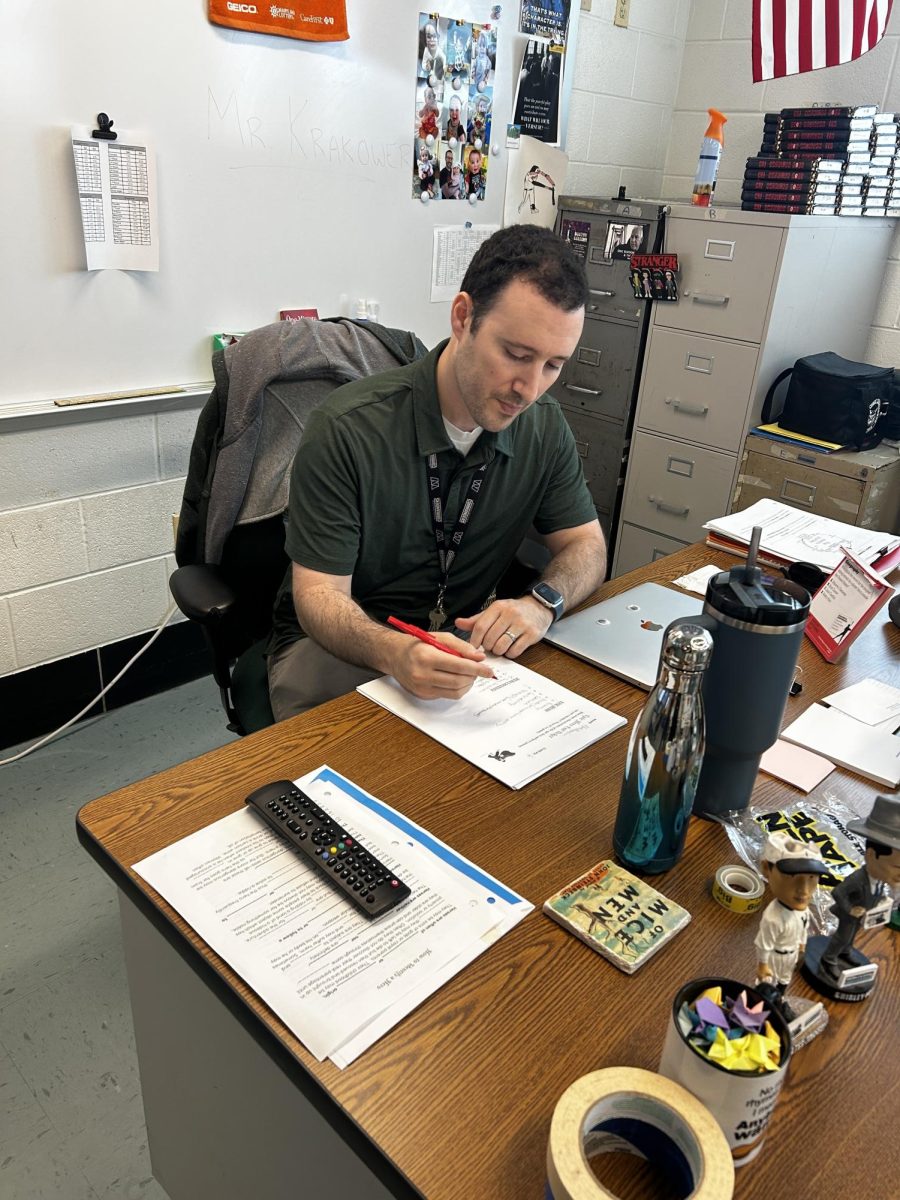During my freshman and sophomore years, I passed my honors-level history courses with ease. I understood the subject matter and genuinely enjoyed what I was learning. It wasn’t until my junior year Individualized Education Program (IEP) meeting that I finally challenged myself to take an AP class, doing so with the support of my resource teacher and parents. As I venture into my final semester of high school, the accessibility gap between students with IEPs and 504s and their access to more rigorous classes has made itself obvious. Looking back at my high school years, I wish I could have told myself that I needed to “get out there” and try something harder.
I used to feel that my IEP was holding me back, that I had all these extra needs. I hesitated on trying an AP course for a while because I felt like I’d stick out in a learning space primarily filled with those who don’t have accommodations. Unfortunately, when junior year began, my teachers seemed unaware of my circumstances, which I had to tell them about myself.
A survey conducted among students with IEPs and 504 plans proved that this difficult part of my journey to taking an AP class was similar to that of other people with learning plans.One anonymous junior with a 504 plan said, “It can be very frustrating always having to remind my teachers that I have accommodations.”
Another challenge I faced, especially during my time in AP World History, was that I had to adjust to a new teaching style. I learn best via ‘verbal processing’, which means that I can only absorb information through a combination of spoken and written words. A common sentiment among those who answered the survey was that they shared the same experience of difficulties with lecture-based lessons in class.
One anonymous freshman with a 504 plan believes that teachers can better accommodate students by learning their way of thinking, such as through auditory aids or visuals.
“Advanced classes tend to have more emphasis on note taking and memorizing and mostly just spoken lessons from the teachers. This can be changed to fit me and other people with accommodations learning styles by changing the style of assignments to fit different needs,” the freshman said.
“The teachers could partake in a mandatory training course on how to handle students with IEPs/504s,” the student said.
This solution seems the most effective as well as the most possible, as those studying to become teachers receive education on how IEPs and 504 plans work and how the rights of students with learning setbacks are federally protected.
Alumnus Blue Laubach, who is currently studying Elementary Education at American University, has taken classes as a part of their major to give them a strong knowledge base of the different aspects of special education’s importance.
“I have taken a course on special education through the lens of arts integration. I have learned about DCPS and MCPS IEPs and 504 plans and how they work differently for different students. We looked into different disabilities and how they are protected by IDEA’s [Individuals with Disabilities Education Act] guidelines,” Laubach said.
Another anonymous freshman with a 504 plan suggested that teachers “give notes to students and make sure they understand everything.”
That suggestion is innovative, but a double-edged sword as well. While providing notes is a common accommodation shared among those with an IEP or 504, one of the most important skills needed to be in a faster-paced, more difficult class is the ability to have basic note-taking skills. On the other hand, this was extremely helpful, because while I looked through the teacher’s notes, I could strengthen my own skills by taking my own notes.
In summary, to bridge the learning gap between students with IEPs and 504 plans and their access to higher-level classes, teachers must make an effort to learn to understand the learning style and the student’s needs.
Students must also learn to adjust to a new learning climate, use valuable interpersonal skills such as self-advocacy to voice concerns, and get any necessary help the teachers can provide to put them on track for success.








